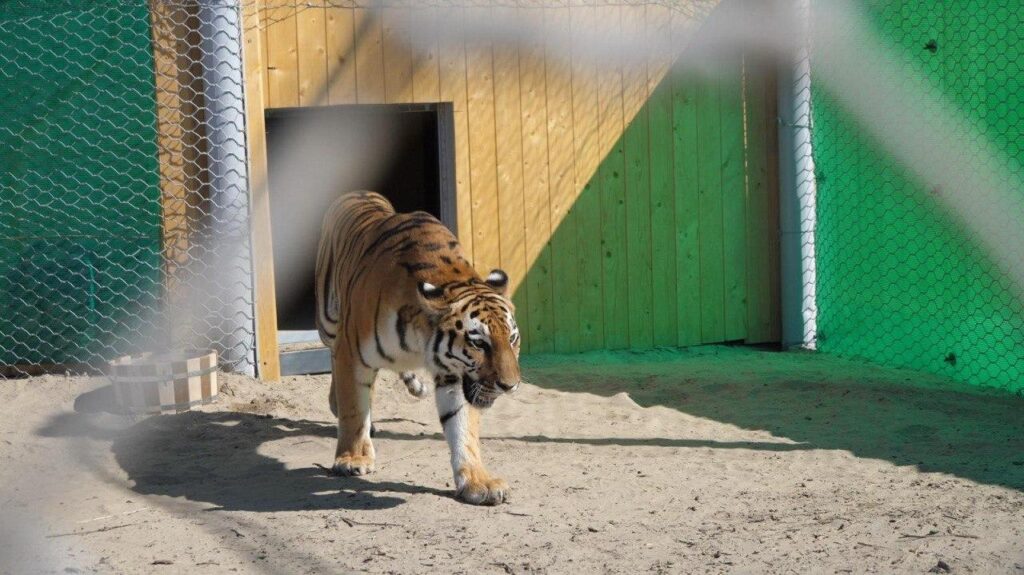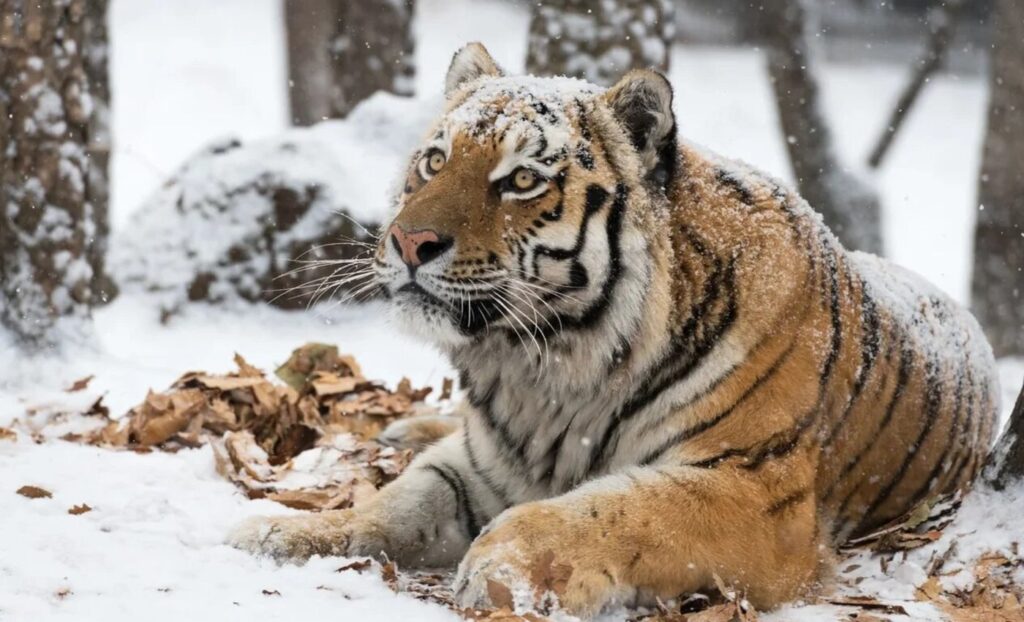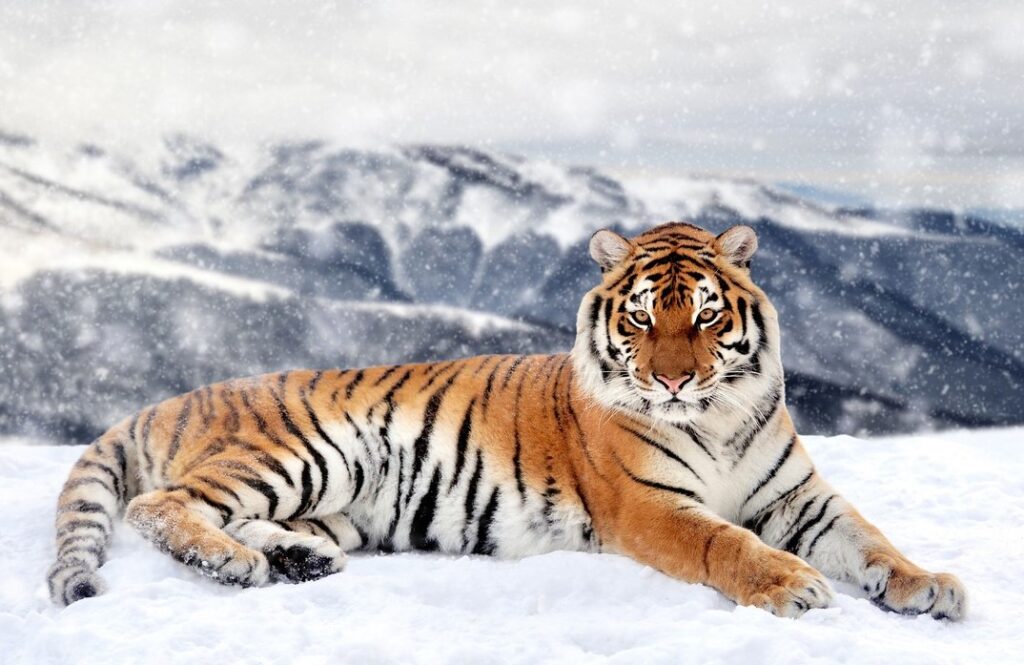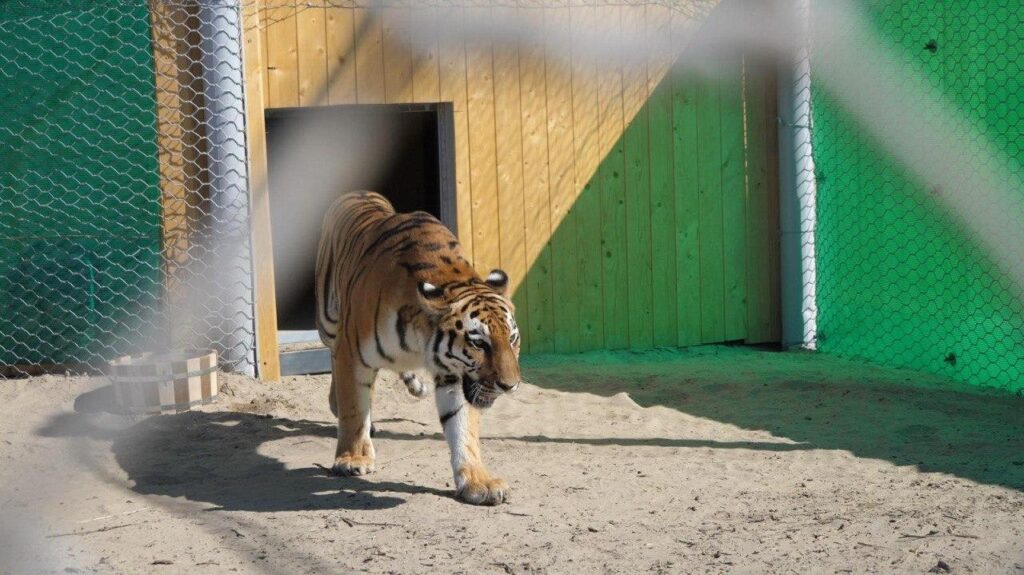Russia’s Amur Tigers to Aid Restoration of Tiger Population in Kazakhstan
Kazakhstan and Russia have signed a formal action plan to reintroduce Amur tigers into Kazakhstan, marking a key step in restoring the region's long-extinct Turan tiger population. On November 12, Kazakhstan’s Ministry of Ecology and Natural Resources and Russia’s Ministry of Natural Resources and Environment agreed to transfer four Amur tigers, two males and two females from Russia to Kazakhstan. The animals will be relocated to the Ile-Balkhash State Nature Reserve in southern Kazakhstan, where they will undergo adaptation to local ecological conditions. According to Kazakhstan’s Ministry of Ecology, the reintroduction plan is scientifically supported. The now-extinct Turan tiger once roamed across Central Asia, the Caucasus, and northern Iran. Biologists believe that the Turan and Amur tigers, the latter native to Russia’s Far East, share the same genetic lineage. This provides a basis for using Amur tigers to revive the Turan population in Kazakhstan. Under the agreement, Russia will be responsible for veterinary oversight and transportation, while Kazakhstan will manage accommodation and post-transfer monitoring. The initiative is being implemented with support from the World Wildlife Fund (WWF) and the United Nations Development Programme (UNDP). In September 2024, two Amur tigers, a male and a female, were already transferred to the Ile-Balkhash Reserve from the Landgoed Hoenderdaell Zoo in the Netherlands. They are currently housed in a specially designed enclosure for breeding, with the aim of releasing their offspring into the wild. If successful, their cubs would be the first wild tigers to return to Kazakhstan in over 70 years. The southern shore of Lake Balkhash, located in the Ili River delta, was selected as the optimal site for tiger reintroduction. The Ile-Balkhash Reserve was created to rehabilitate the degraded ecosystems of the southern Balkhash region, with particular emphasis on restoring the tiger’s natural prey base. The reserve encompasses the last intact river delta in Central Asia, the Ili River Delta, whereas other major deltas such as those of the Syr Darya, Amu Darya, and Chu rivers have been severely degraded due to desertification. Officials say enhancing the prey base and preserving the area’s remoteness will help prevent human-wildlife conflict. Historically, Turan tigers inhabited reed beds and floodplain forests along the Ili and Syr Darya rivers. Tiger extermination in Kazakhstan began in 1891, when organized military hunts were conducted. The extinction of key prey species, including Bukhara deer, goitered gazelles, saigas, kulans, roe deer, and wild boars, combined with habitat loss, ultimately led to the disappearance of the Turan tiger by 1948. This is not Kazakhstan’s first species reintroduction effort. In June 2024, the country successfully reintroduced the first group of Przewalski’s horses to the Altyn Dala Nature Reserve in the Kostanay region. The horses were transported from the Prague Zoo.





